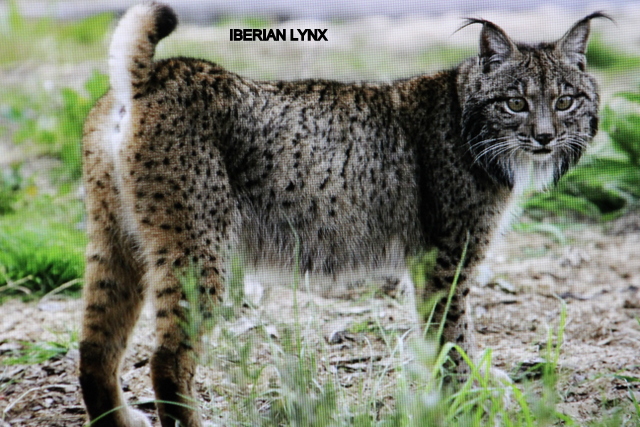
The Iberian lynx (Lynx pardinus) is a wildcat native to the Iberian
Peninsula in southwestern Europe that is listed as endangered on the
IUCN Red List. It preys almost exclusively on the European rabbit.
In the 20th century, the Iberian lynx population declined because of
sharp declines in rabbit populations, caused by rabbit diseases and
overhunting, fragmentation of grassland and forest habitats and
poaching. By the turn of the 21st century, the Iberian lynx was on the
verge of extinction, as only about 100 individuals survived in two
isolated subpopulations in Andalusia.
Conservation measures implemented since 2002 included improving habitat, restocking of rabbits, translocating and re-introducing Iberian lynxes, so that by 2012 the population had increased to 326 individuals. As an attempt to save this species from extinction, projects under the EU Life Programme have undertaken habitat preservation, lynx population monitoring, and rabbit population management.
Formerly considered a subspecies of the Eurasian (Lynx lynx), the Iberian lynx is now classified as a separate species. Both species occurred together in Central Europe in the Pleistocene and evolved as distinct species in the late Pleistocene. The Iberian lynx is thought to have evolved from Lynx issiodorensis.
